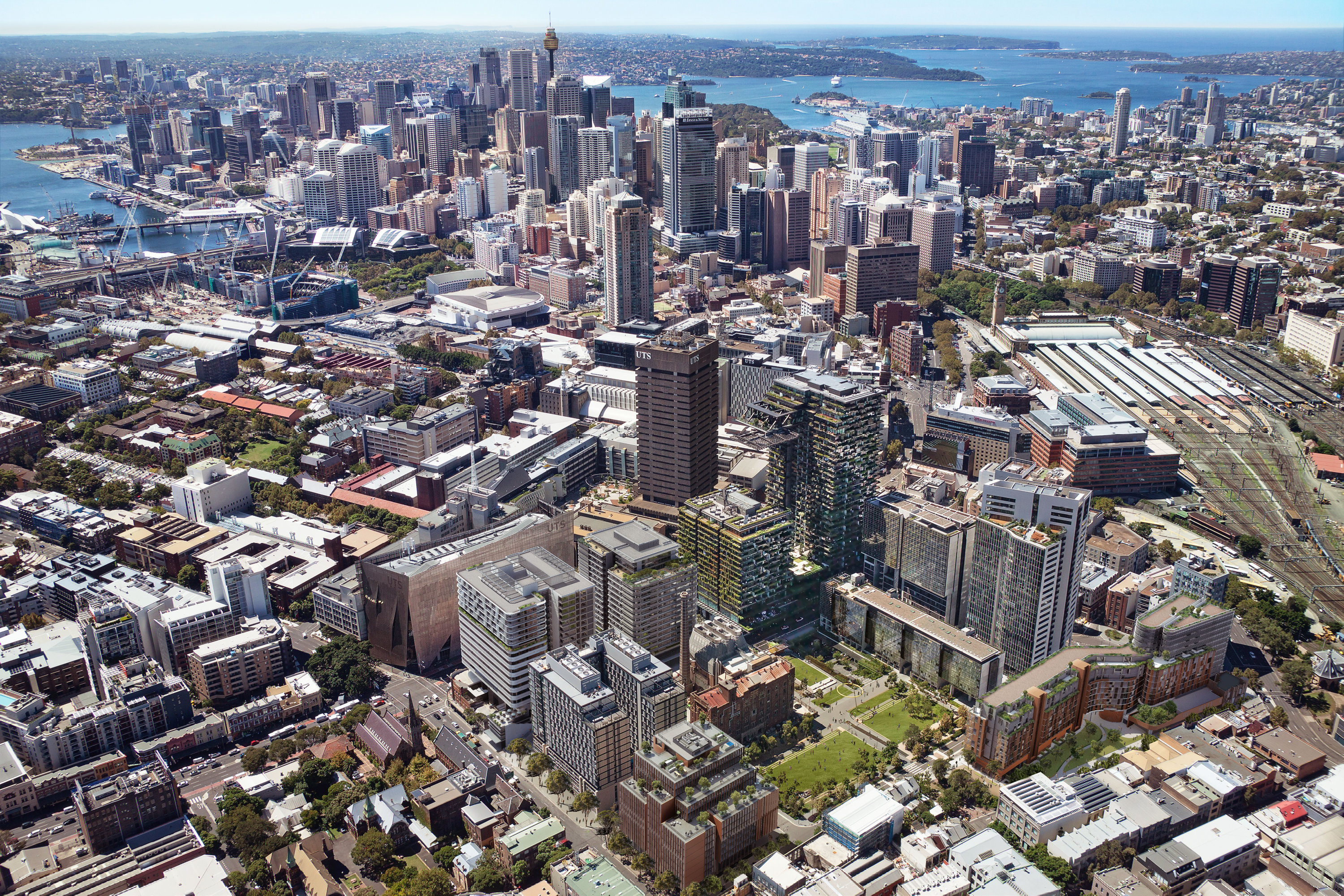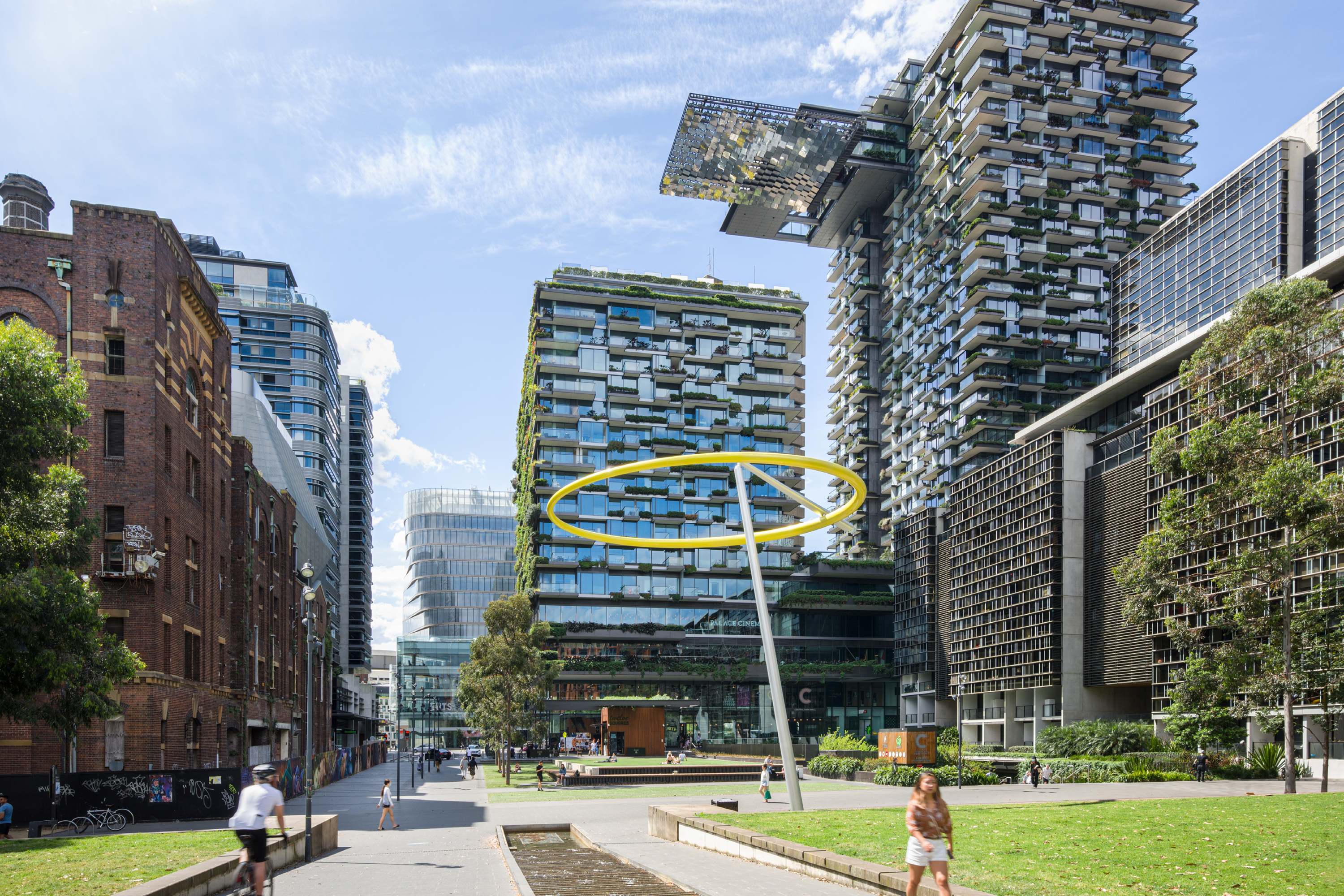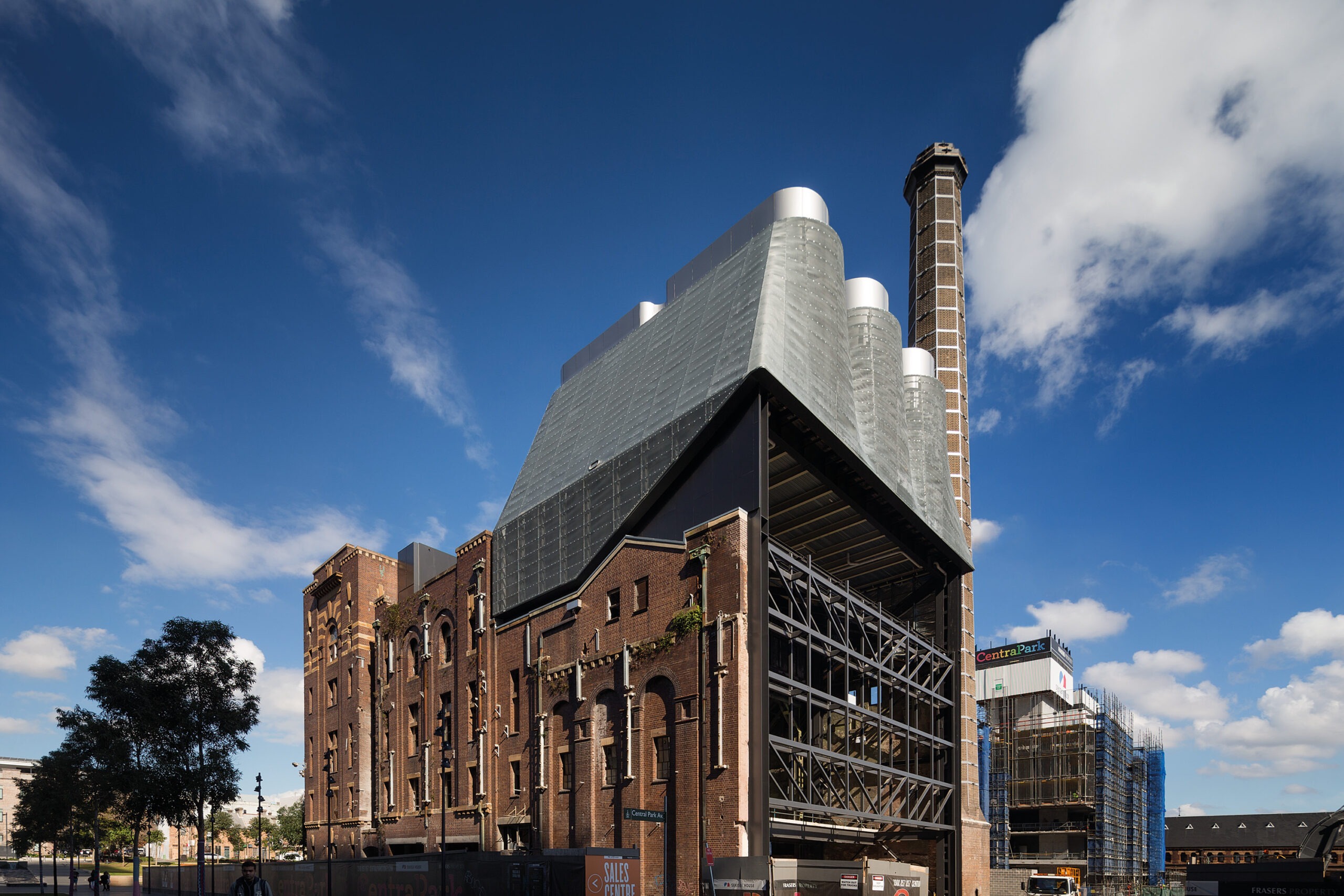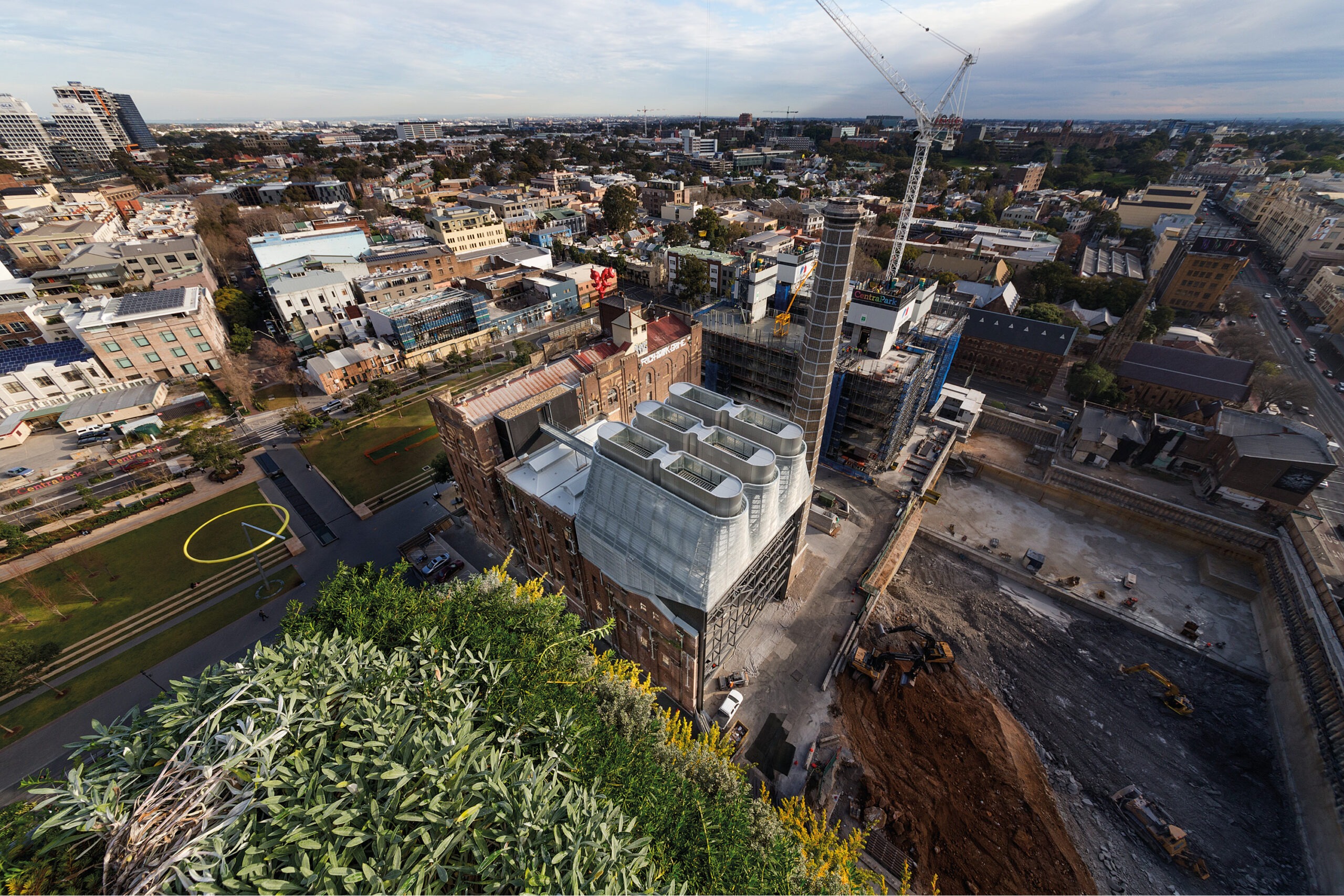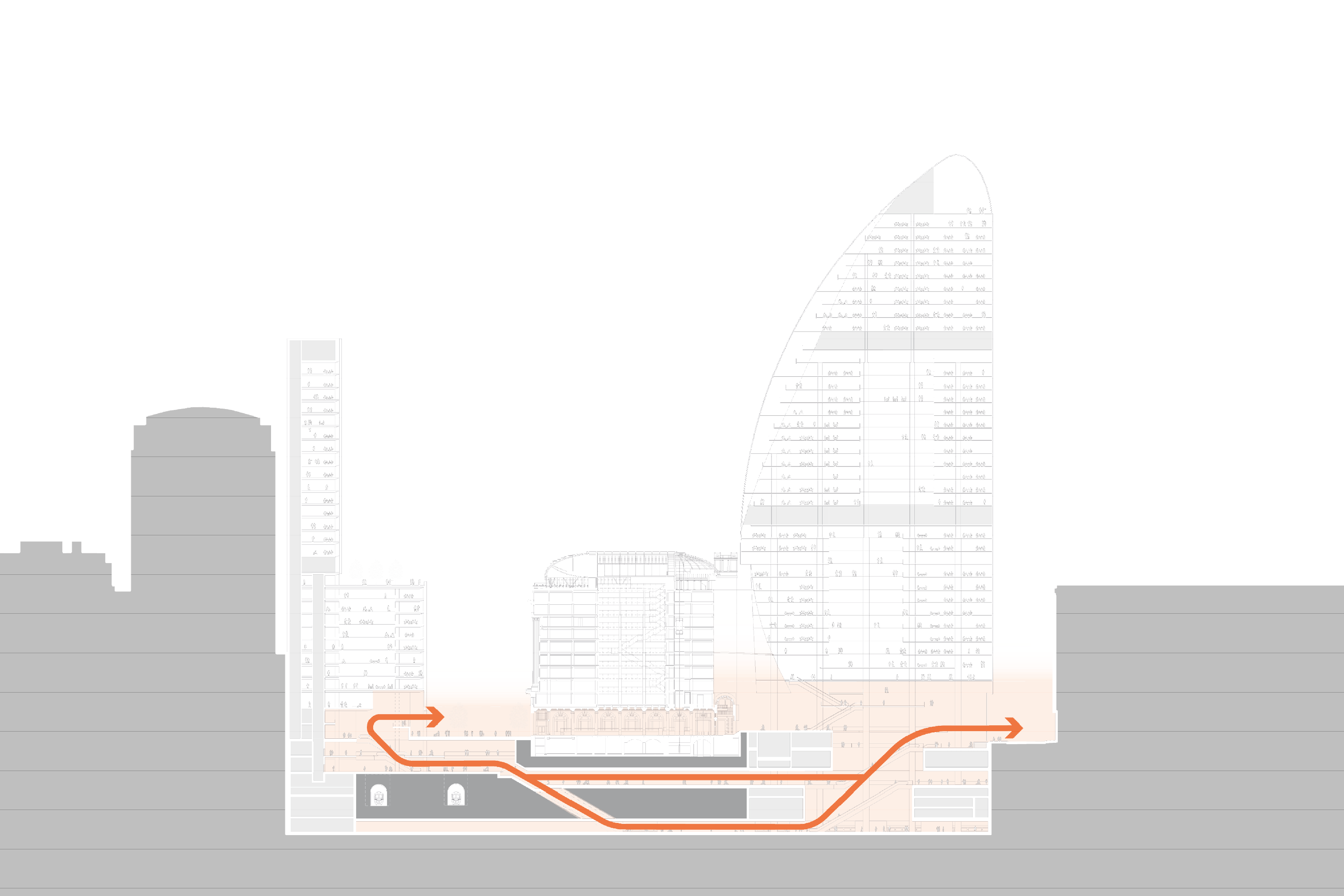Successful and enduring developments are underpinned by robust feasibility studies. We begin each study by examining the client’s brief, gathering evidence, applying an in-depth first principles site analysis and identifying opportunities and constraints. Our rigorous studies, paired with the early adoption of First Nations design principles and regenerative design considerations, often lead to propositions that exceed our clients’ expectations, result in cost and time savings and benefit the broader community. A loyal and multi-generational client base stands as a testament to the value we bring to projects and to our unwavering commitment to design excellence.
Notable studies we have conducted include the studies for the Central Park Masterplan, the rejuvenation of the Carlton and United Brewery building, the redevelopment of the Martin Place Metro Station and the development of a property on Botany Road.
The Central Park Masterplan, designed in association with Cox Richardson, transformed a brownfield site into a vibrant, dense, mixed-use neighbourhood. This development, characterised by sound placemaking principles, activated and interconnected streets, good pedestrian experiences, generous and safe public spaces, has positively impacted its surroundings and received broad community support.
We arrived at this proposal through a comprehensive study of a range of options. For each option, we prepared conceptual plans and computer-generated models and assessed development yield and SEPP 65 compliance. This process proved to be an accurate method for establishing the site’s potential development value; this was reflected in the client’s final sale price following a competitive tender process.
One noteworthy building in the masterplan is the historic Carlton and United Brewery building. To identify the most appropriate function for this significant building, we conducted a series of studies; uses that were explored included a university campus and a hotel. Ultimately, a commercial and retail mixed-use development was deemed the most suitable.
We approached the redevelopment of the Martin Place Metro Station through two parallel analyses: a first-principles urban design analysis to determine the most appropriate built form for the precinct and a historic research on the urban design thinking underpinning the existing planning controls. The latter analysis revealed controls that did not align with contemporary principles of sustainable urbanism. The controls were also applied inconsistently and in ways that compromised the goals of shaping a distinctive place in Sydney. Our precinct-wide urban study led us to propose new development controls that yielded substantial floor space uplift and public domain benefits. This proposal was independently assessed before approval was granted by the NSW Government.
For our clients in Rosebery who were looking for significant uplift for their property on Botany Road, we undertook an in-depth urban framework investigation. Bayside Council’s planning controls had not been updated since the council amalgamation several years earlier, and the controls were based on outdated urban analysis. To prepare the Planning Proposal application, we reviewed the existing public transport, vehicular, bicycle and pedestrian connections, existing built form on and around the site, surrounding heritage items, existing public open space networks and solar access planes. These investigations enabled us to produce a set of design principles and an appropriate building envelope and assisted us in our negotiations with council.
